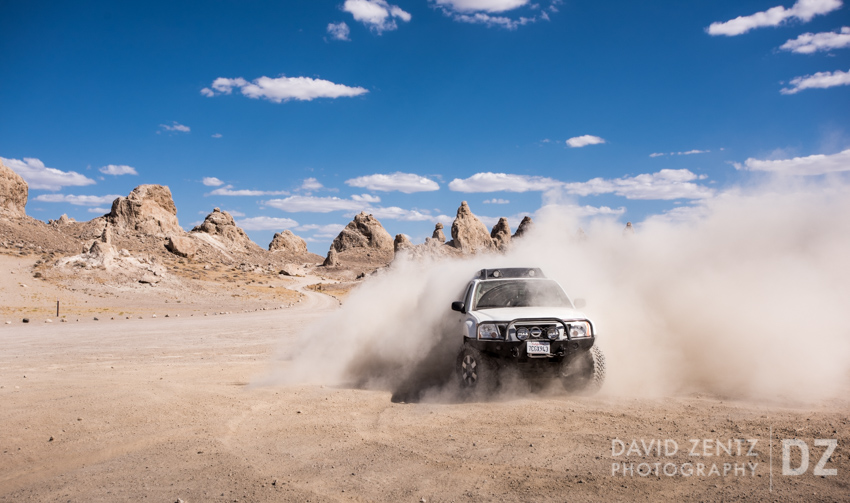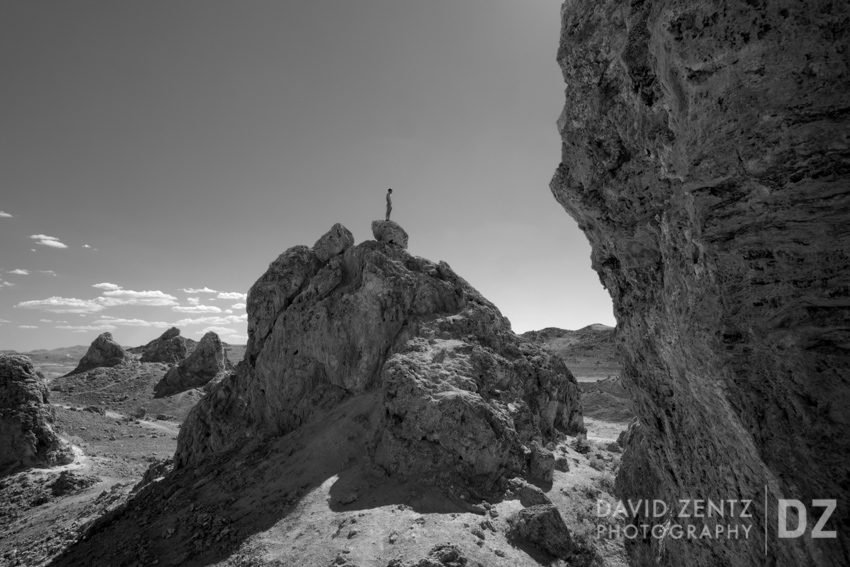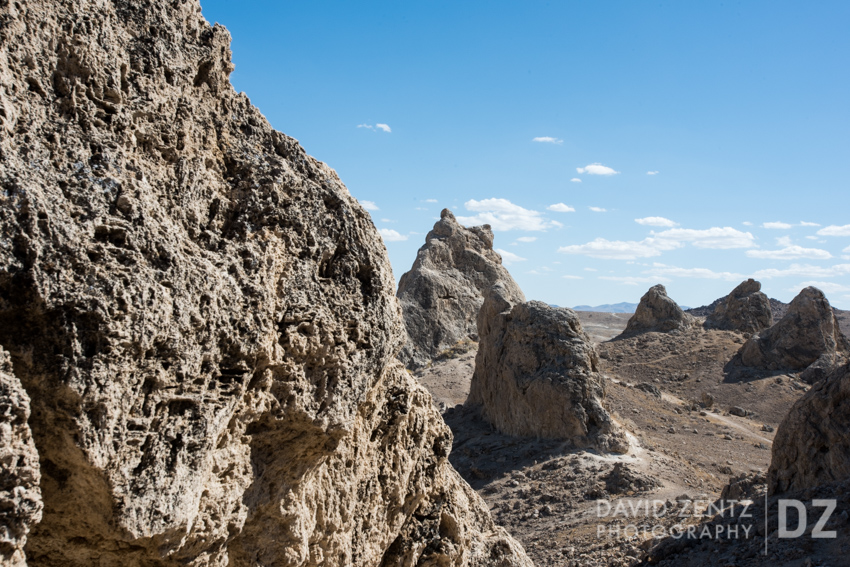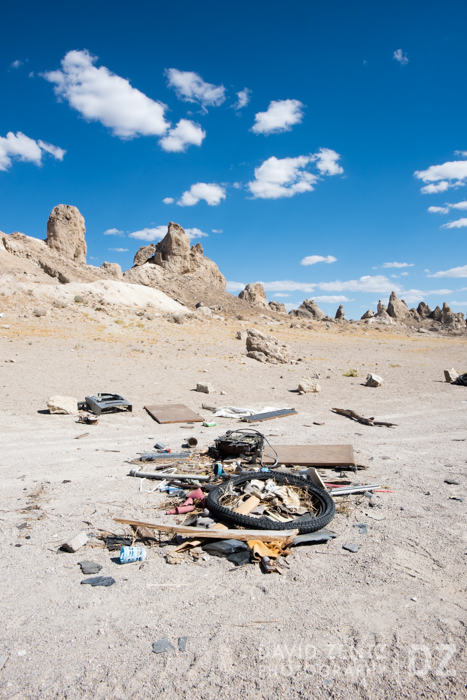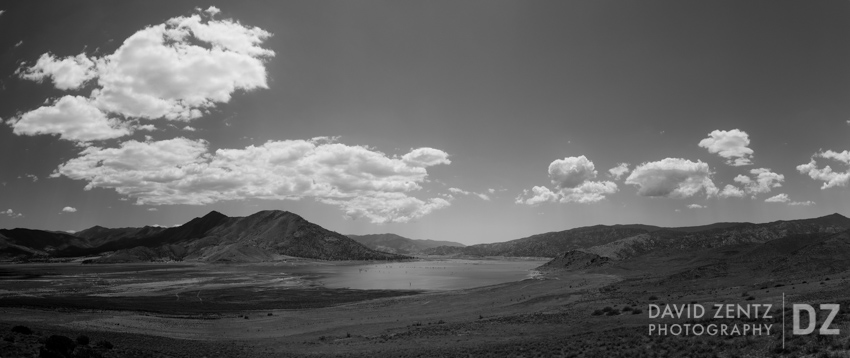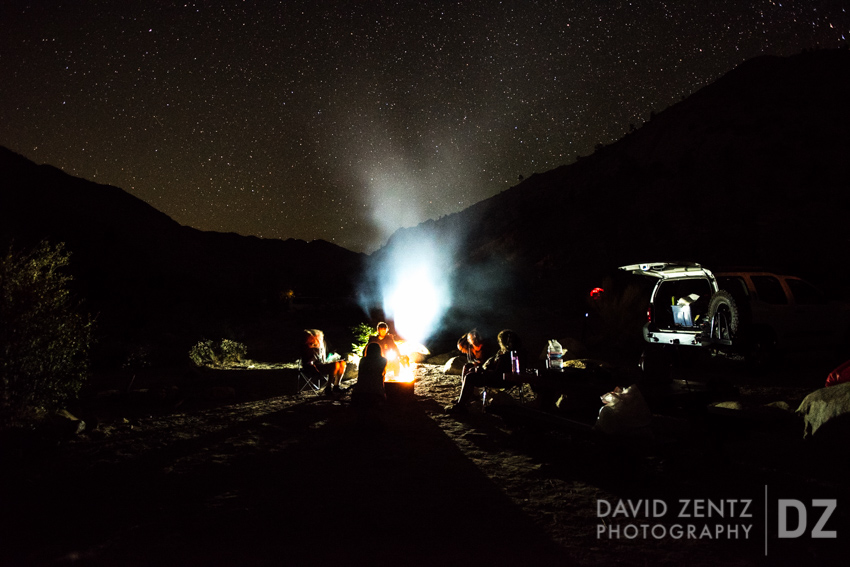Though visiting the desert when the needle’s pushing 107 degrees can be unpleasant, it does have its advantages. The primary one being that there’s a good chance you’ll have the place to yourself, which, assuming you have the right vehicle, permits you to whip up a mini dust storm doing donuts in the parking lot. That was how we saw it anyway on a recent outing to the Trona Pinnacles in early June. We had come over to the odd desert landmark after a couple nights camping along the Kern River, just south of Sequoia National Forest. After two days swimming in the river and hiking among the towering trees, we changed it up and drove east to check them out.
The pinnacles are a unique looking cluster of tufa (calcium carbonate) spires that formed at various times between 10,000 and 100,000 years ago under the water of what was once the Searles Lake. Now a dry lake bed, it feels quite literally like being in the middle of nowhere on an alien planet. If you’re a sci-fi fan you might actually recognize it as such, as it’s been featured in numerous shows and films like Lost in Space and Planet of the Apes. It is basically in the middle of nowhere, situated in the middle of a few thousand acres of BLM land about ten miles south of the small, borax-mining town of Trona, itself a fitting location for a zombie movie. I was excited to finally visit, having passed the site numerous times on my trips to Death Valley. But the heat proved too much and our visit was short. After a quick bit of fun in the parking lot, we got out and hiked around until we were all half-baked — probably about 20 minutes — and headed out to find ice cream and air conditioning. It turns out there was a reason no one else was out there.
Along the way, we passed the future dry lake bed (assuming the drought keeps up) of Isabella Lake, pictured below in the black and white panoramic. After making some images I looked up the lake on my phone and was amazed to see just how low the lake is right now. Much of what can be seen in my photo was covered in water just a few years ago. It’s a scary contrast and a visual reminder of how much those of us in California and the southwest need to conserve water right now.
